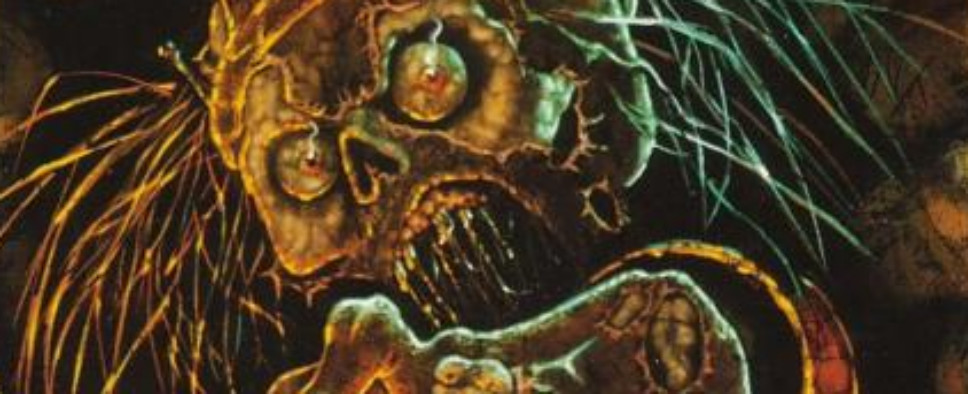The History of The Elder Scrolls Series
-
Category: News ArchiveHits: 2902

The editors at The Armchair Empire Infinite have penned a history of The Elder Scrolls series, taking us through the franchise's humble beginnings with Arena, its two RPG-lite side projects, and the remainder of its installments until its latest entry, The Elder Scrolls Online. Here's a few paragraphs to kick up some nostalgia for Daggerfall:
Looking to build upon what they did in Arena, Bethesda added a slew of new features for Daggerfall. Magic was highly customizable with players able to create their own spells. Players could buy their own house. It was possible to become a vampire, wereboar, or werewolf. A dynamic political system was also implemented, a favorite with players. This brought about a sort of faction system whereby how players dealt with and helped one group could have an impact on how other groups would react when encountered. We also saw a change to how characters leveled as the game did away with traditional systems of purely accumulating experience and then spending points on abilities upon leveling up, and instead characters' abilities grew stronger depending on whether or not players actually used them.
In this game, players had been sent to Daggerfall by the Emperor for a couple of reasons. First, they had to free the ghost of the dead King Lysandus, whose spirit had been shackled to this realm. Second, one had to figure out what happened to a letter sent by the Emperor to Blades spy in the region. As the story unfolded, players would see many of the inner workings of the Empire and begin to understand why the letter was so important. Depending on how one tackled the main quest, the game had six different endings, adding quite a bit of replay value. Of course, there were plenty of side quests too, so players could wander off doing their own thing in this world for quite some time while barely touching the main quest if they were so inclined.
With all of these different places to go and all of these different things to do, a lot of work had to go into making Daggerfall a reality. The result was a grueling development cycle. For example, only three of about 20 artists to contribute to the game managed to survive through the whole of the game's creation while the rest tossed in their towels and went elsewhere.

